How Hard is It to Install a Dash Cam?

The usefulness and purpose for a dashboard camera extends well beyond catching quirky or interesting auto accidents on camera. Even a mediocre dashboard camera, or dash cam as they have come to be known, can help with defending oneself for insurance purposes or even in aiding the authorities when valuable footage is captured. But the world of wiring and installing technology into vehicles is a wild one; Is installing a dash cam difficult, or can an amateur do it?
Generally speaking, dash cams aren’t difficult to set up. The caveat here is that there are countless types of dash cams and seemingly endless options and accessories within the dash cam world. Likewise, there are a multitude of ways to install the camera in a vehicle. We installed a Nextbase 122 in our vehicle and found different options available for integrating it into the vehicle's electronics and available space.
A standard all-in-one kit purchased from a retailer like Amazon or Best Buy is the norm in the dash cam space, and this has made the realm of dash cams one of high accessibility. Many manufacturers utilize the one-box solution, which includes the camera, installation and usage instructions, and a suction cup to mount the camera to the windshield (or rear glass). This basic setup usually also comes with power adapters that plug into the 12V cigarette lighter, which makes for the simplest manner of streamlining the process of getting up and running.
Long story short, in most cases installing a dash cam can be as simple as mounting it on the glass or dashboard itself, plugging it in, formatting the memory card, and letting it rip. Many even have instructions on the camera itself that help you configure adjustable items (quality, duration of recording, etc) to your liking. Difficulty level: Easy.
What can be slightly or drastically more difficult is installing the camera so that it looks like a professional job, or better yet like the vehicle came with the recorder mounted in it from the factory. Thankfully, there are accessory options that allow for seamless integration into the vehicle’s power supply, and this represents the route we went for our own vehicle. One example of this is Dongar Technologies' plug and play adapter which allow for seamless integration and a clean install. When used in a vehicle like a 2018 Lexus GX460, it truly makes for a beautiful integration of aftermarket tech into an OEM-like design. Installing the Dongar kit can be daunting but it is actually quite simple.
In the case of the aforementioned GX460 (the vehicle pictured here), it requires removing the plastic shroud that covers the rear view mirror power supply, disconnecting the power supply from the vehicle, connecting the dongle to the vehicle’s power on one end and then both the mirror and dash cam with the other ends, and reassembling everything to the best of one’s ability. Do it right and it looks like a professional or factory-installed job. Difficulty level: Medium.
In some instances, and for some specific vehicles, installing a dash cam unfortunately means wiring the camera in a custom job. While most kits do come with the components needed for the aforementioned “Easy'' install, and while there are many options to make the “Medium” install quicker than it would otherwise be, not everything has a one-size-fits-all solution (or even one that already exists). This is especially so in the case of a high-end car paired with an owner who wants the camera to effectively be invisible when behind the wheel.
In this instance, installing a dash cam likely means tapping into the power, fuses, and relays to get things wired up properly. It may also require cutting some pieces of trim and/or expensive material, processes that are likely straightforward but that have costly repercussions should one’s hand slip. If you’re proficient with splicing and a solder, you might not be the least bit concerned about this job. However, we don’t recommend this path for novices, instead suggesting that it is left to a professional technician (or at least a substantially experienced friend). Difficulty level: Hard(ish).
Whether the complication of installing a dash cam in your vehicle rings in at Easy, Medium, or Difficult, the fruits of this labor can prove invaluable when circumstances deem video evidence beneficial. Having one in your vehicle is an easy way to cover yourself in the instance of insurance claims, and it comes with the added ability of showing your buddies a wild incident you happened upon should you encounter something internet-worthy. Either way, we highly recommend adding a dash cam to your vehicle, especially in the digital age society is in the throes of today.

Ross hosts The Off the Road Again Podcast. He has been in the off-road world since he was a kid riding in the back of his dad’s YJ Wrangler. He works in marketing by day and in his free time contributes to Hooniverse, AutoGuide, and ATV.com, and in the past has contributed to UTV Driver, ATV Rider, and Everyday Driver. Ross drives a 2018 Lexus GX460 that is an ongoing build project featured on multiple websites and the podcast.
More by Ross Ballot



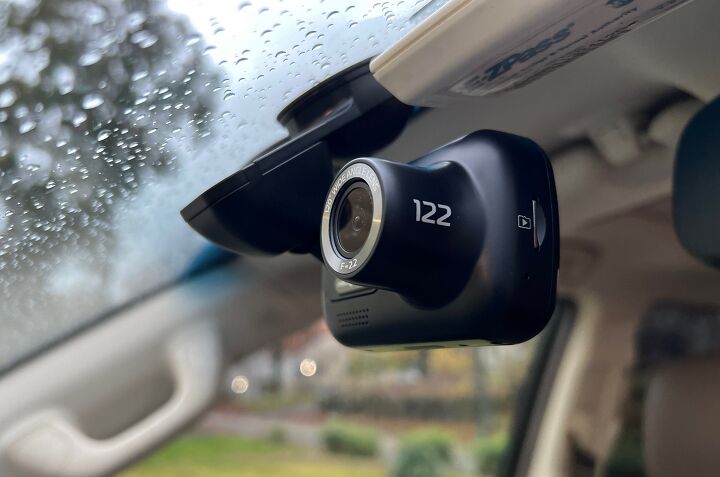
















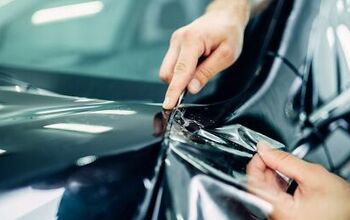

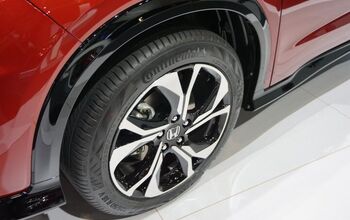






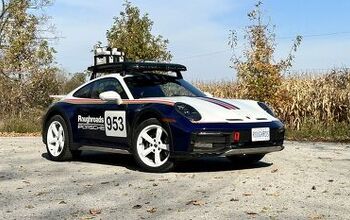
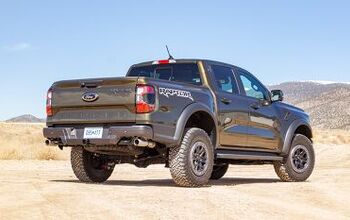






Comments
Join the conversation